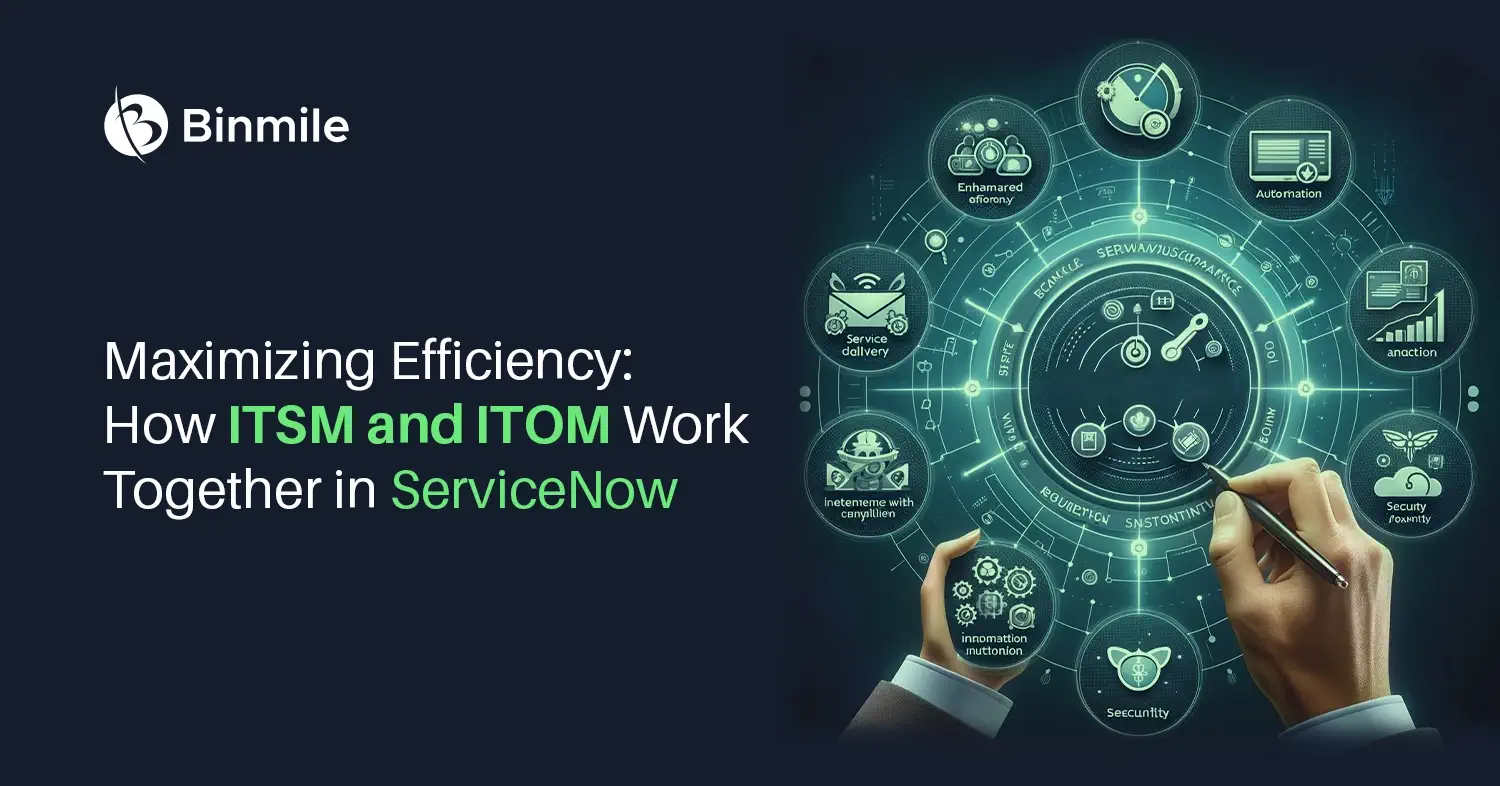The shift left term is quite popular in the software development lifecycle (SDLC) process. But the big question is how is shift left testing properly leveraged for software development? Although TDD, CI, BDD, and DevOps practices are becoming typical, you need to know how testing fits into the shift-left approach in software development and how it becomes a reality. You know testing is planned in advance for better outcomes. You can’t take the backseat during SDLC, and that is why the shift left test begins earlier in the SDLC. Read the pros and cons of shift left in the software development process and how you can improve shift left adoption.
What is the Shift Left?
If you look at the traditional models for the software development lifecycle, you will find that a project begins and finishes in a predictable and linear manner. Basically, the left to right steps in the traditional SDLC model follows as:
- Identify the problem
- Discuss possible solutions
- Design the solution
- Implement the solution
- Test the solution
In the older approach, testing lands in the scenario as the last step in the project. It also makes logical sense but does not guarantee the solution of the problem awaiting you to try it out. If you hold off testing until the finish line, it is likely that the team may miss the mark due to the re-writing of the new solution. That is why shift left testing takes the central stage. The idea of Shift Left makes you move to test earlier in the process. Shift-left testing activities include:
- Testers help developers implement unit testing
- Plan, create, and automate integration test cases
- Plan, create, and employ virtualized services at various stages
- Gather, prioritize, and process feedback
Shift-left and shift-right testing are two essential parameters when we talk about quality software in the software development processes.
- Shift-Left Testing – It begins parallel to the software development.
- Shift-Right Testing – It begins after receiving feedback and issues from the end-users.
Every to-be-tested product should meet the product acceptance criteria ensuring assumptions are validated. Shift-left testing is where you define tests even before building the features. It is key to delivering quality software and overcoming time constraints. Rigorous testing in the software development lifecycle (SDLC) is done via regression and functional testing without destabilizing a system. This approach enables the team to focus on quality and get the coding right. Finally, the shift-left test helps you save time and reduce iterations. Take help from professional software testing companies for a better outcome.
Also Read: Quality Engineering Over Quality Assurance in SDLC
Pros (Why Adopt the Shift-Left Testing Approach)
- Improved design alternatives for original ideas by identifying bottlenecks, roadblock areas, and performance failures
- Early bug fixation offers more breathing room to tackle mistakes, remove issues, and streamline things
- Saving of time and massive efforts results in efficiency improvement and quality increment
- Lower cost of software development and testing by detecting bugs and issues in real-time
- Completion of projects more fiercely by solving the problem of accelerating development without forfeiting quality
Cons (What Stops You from Adopting Shift-Left Testing)
- A drastic change in culture is not easy as teams are not ready to leave their comfort zone and traditional ways of working.
- The risk of bottlenecks is common owing to composite apps and the complexity of environments, making agile teams get stuck.
How to Improve Shift Left Adoption?
- Educate product managers, managers, and developers about the business value of shifting left and tool selection.
- Define the scope of large testing areas clearly, break them into chunks, and review test suites frequently.
- Pick tools and techniques that integrate with preferred tools, automate processes and fit around existing workflows.
- Use intelligent data collected through tools that have been designed for shift left.
- Know what stops you from embracing shifts left like prerelease activities.
- Get a clear and bigger picture in the context of Agile and DevOps.




